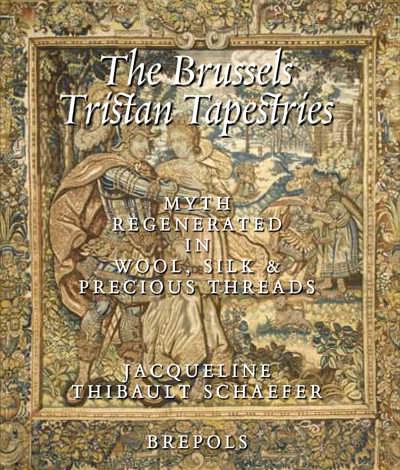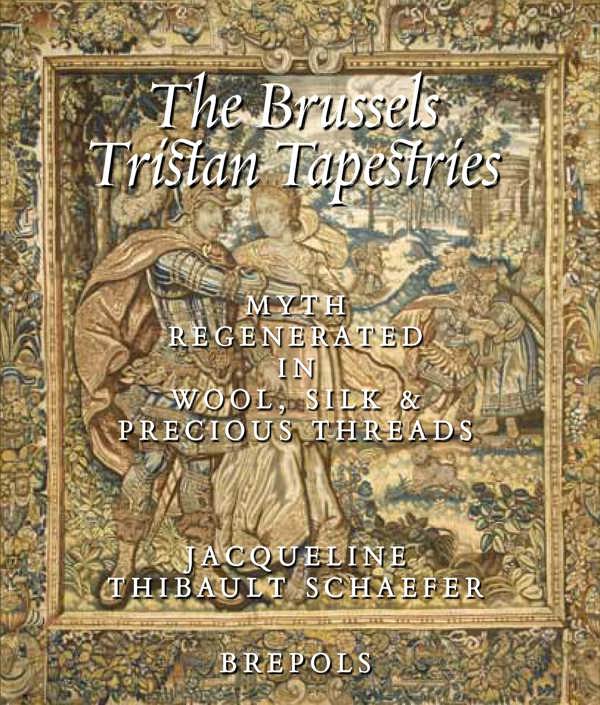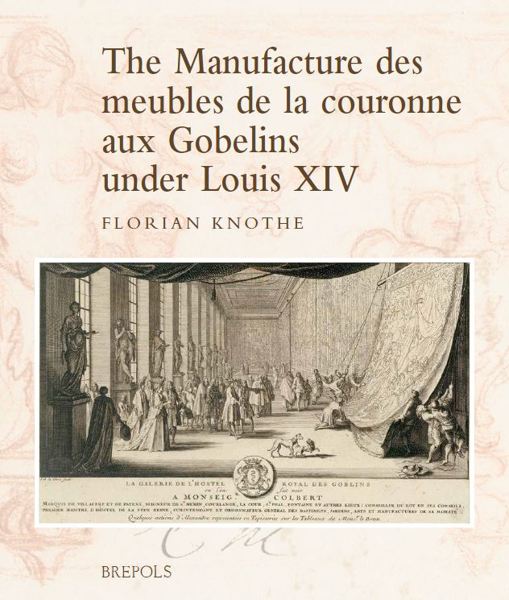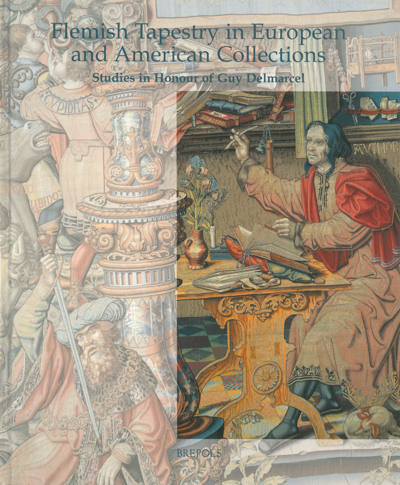
The Brussels Tristan Tapestries
Myth Regenerated in Wool, Silk and Precious Threads
Jacqueline Thibault Schaefer
- Pages: 147 p.
- Size:245 x 297 mm
- Illustrations:8 b/w, 40 col.
- Language(s):English
- Publication Year:2016
- € 150,00 EXCL. VAT RETAIL PRICE
- ISBN: 978-2-503-54982-8
- Hardback
- Available
« Mais les limites du cartonnier des tapisseries de Tristan ne font pas tort au jugement pleinement positif qui revient au livre stimulant de Jacqueline Thibault Schaefer, dont nous espérons une ample diffusion parmi les historiens de la tapisserie ancienne et tous ceux qui, des domaines tant de l’art que de la philologie littéraire, s’intéressent aux transcriptions figuratives des poèmes et des romans médiévaux ». (Nello Forti Grazzini, dans la Revue belge d’archéologie et d’histoire de l’art, 87, 2018, p. 236)
Jacqueline Thibault Schaefer is Professor Emerita of French and Comparative Literature at Sewanee: The University of the South. Her publications address modalities of interaction between verbal and pictorial discourse in illustrated texts, and the conversion of mythopoetic narratives into other figurative media. The Tristan corpus has been of particular interest in her work.
Today, a modest number of Tristanian artifacts may still be admired in museums and castles. Digital access to art collections continues to enrich the list with surprises, such as the exquisitely carved fourteenth century ‘Tristan’ bench of the Tallinn Town Hall in Estonia. Some embroidered work and painted wall decor also have survived. However, what there might have been of woven wall hangings on the subject has all but disappeared, with the exception of a modern single-panel Aubusson and the set of seven hangings which constitutes the subject of this book. The Brussels Tristan Tapestries have never before been studied as a series. The purpose of this monograph is to bring to light a rarely seen work of art and to apprise specialists of iconography, literature and myth of its relevance and uniqueness. The chapters deal with the detailed analysis of the set and its meaning as a whole, the reconstitution of the history of its ownership, the place of this particular version in the verbal and figurative traditions to which it refers and the role of this ‘tenture’ in the corpus of the Tristan myth. Since the exhibitions of 2002 and 2007 at the New York Metropolitan Museum of Arts, woven tapestry has been given place of prominence; collections have been exhumed from storage and revealed to the public, accompanied by handsome catalogues. It is hoped that this contribution comes at an opportune time.




